There's some simple math behind calculating the positions, you can read about it in every paper discussing Bézier curves, even on wikipedia. Anyway, I can relate to everybody who's in trouble to actually implement it in code, so I wrote this sample UIView as it's probably the easiest way to get you started.
#import "MBBezierView.h"
CGFloat bezierInterpolation(CGFloat t, CGFloat a, CGFloat b, CGFloat c, CGFloat d) {
CGFloat t2 = t * t;
CGFloat t3 = t2 * t;
return a + (-a * 3 + t * (3 * a - a * t)) * t
+ (3 * b + t * (-6 * b + b * 3 * t)) * t
+ (c * 3 - c * 3 * t) * t2
+ d * t3;
}
@implementation MBBezierView
- (void)drawRect:(CGRect)rect {
CGPoint p1, p2, p3, p4;
p1 = CGPointMake(30, rect.size.height * 0.33);
p2 = CGPointMake(CGRectGetMidX(rect), CGRectGetMinY(rect));
p3 = CGPointMake(CGRectGetMidX(rect), CGRectGetMaxY(rect));
p4 = CGPointMake(-30 + CGRectGetMaxX(rect), rect.size.height * 0.66);
[[UIColor blackColor] set];
[[UIBezierPath bezierPathWithRect:rect] fill];
[[UIColor redColor] setStroke];
UIBezierPath *bezierPath = [[[UIBezierPath alloc] init] autorelease];
[bezierPath moveToPoint:p1];
[bezierPath addCurveToPoint:p4 controlPoint1:p2 controlPoint2:p3];
[bezierPath stroke];
[[UIColor brownColor] setStroke];
for (CGFloat t = 0.0; t <= 1.00001; t += 0.05) {
CGPoint point = CGPointMake(bezierInterpolation(t, p1.x, p2.x, p3.x, p4.x), bezierInterpolation(t, p1.y, p2.y, p3.y, p4.y));
UIBezierPath *pointPath = [UIBezierPath bezierPathWithArcCenter:point radius:5 startAngle:0 endAngle:2*M_PI clockwise:YES];
[pointPath stroke];
}
}
@end
This is what I get:



